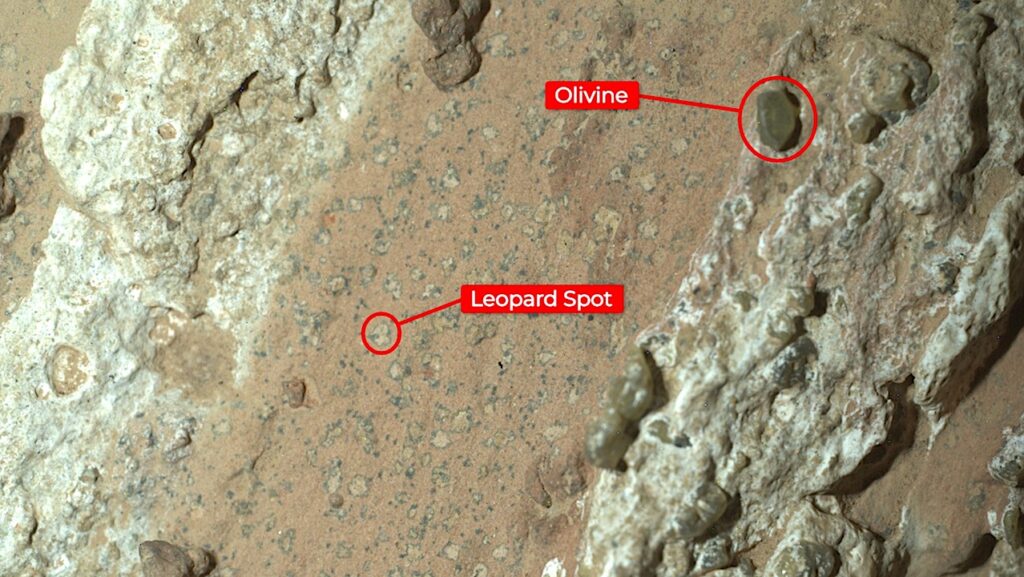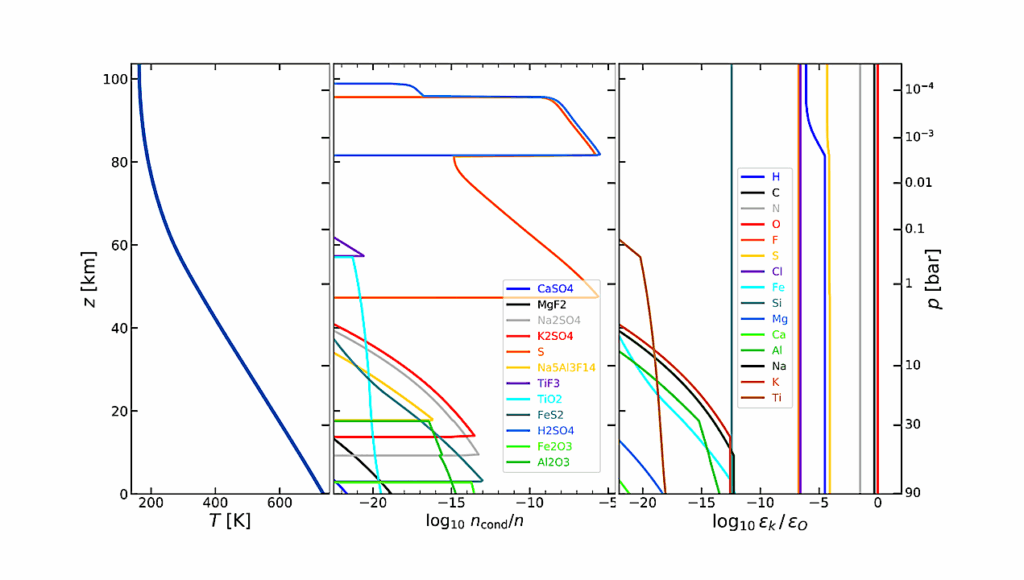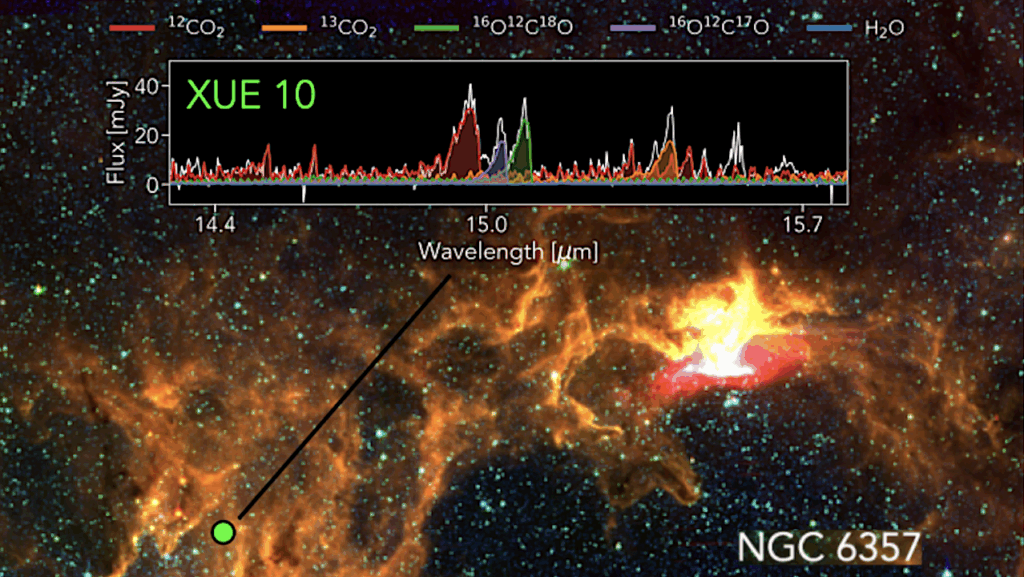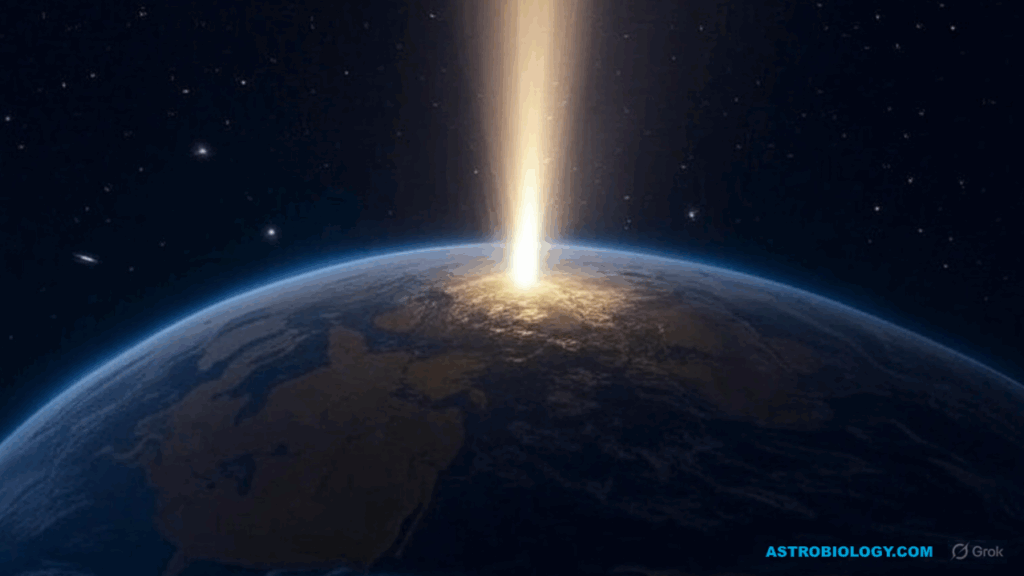Mars Perseverance Rover Observes Red Rocks With Green Spots at Serpentine Rapids – Possible Biosignatures?

Editor’s note: I will make this simple: did NASA find evidence of life on Mars? No. Did NASA find an interesting rock feature that might signal or indicate that there was once life on Mars? Yes. Is this a final answer? No. Not by any means. Much, much more work needs to be done. That is one of the main reasons why advanced in situ instrumentation on landers and eventual sample return missions are needed. Just remember: on Earth there are many rocks that look like life that were never alive – and there are many things that are alive that look like rocks. And that’s on Earth. What happens on Mars may be totally different. Or not. Let’s go find out.
After discovering and sampling the “leopard spots” of “Bright Angel”, it became apparent that Perseverance’s journey of discovery in this region was not yet finished. Approximately 20 sols (Martian days) after driving south across Neretva Vallis from Bright Angel, the rover discovered the enigmatic and unique red rocks of “Serpentine Rapids.”

NASA’s Perseverance rover discovered “leopard spots” on a reddish rock nicknamed “Cheyava Falls” in Mars’ Jezero Crater in July 2024. Scientists think the spots may indicate that, billions of years ago, the chemical reactions in this rock could have supported microbial life; other explanations are being considered. Credit: NASA/JPL-Caltech/MSSS
At Serpentine Rapids, Perseverance used its abrading bit to create an abrasion patch in a red rock outcrop named “Wallace Butte.” The 5-cm diameter abrasion patch revealed a striking array of white, black, and green colors within the rock. One of the biggest surprises for the rover team was the presence of the drab-green-colored spots within the abrasion patch, which are composed of dark-toned cores with fuzzy, light green rims.
On Earth, red rocks — sometimes called “red beds” — generally get their color from oxidized iron (Fe3+), which is the same form of iron that makes our blood red, or the rusty red color of metal left outside. Green spots like those observed in the Wallace Butte abrasion are common in ancient “red beds” on Earth and form when liquid water percolates through the sediment before it hardens to rock, kicking off a chemical reaction that transforms oxidized iron to its reduced (Fe2+) form, resulting in a greenish hue.
On Earth, microbes are sometimes involved in this iron reduction reaction. However, green spots can also result from decaying organic matter that creates localized reducing conditions. Interactions between sulfur and iron can also create iron-reducing conditions without the involvement of microbial life.
Unfortunately, there was not enough room to safely place the rover arm containing the SHERLOC and PIXL instruments directly atop one of the green spots within the abrasion patch, so their composition remains a mystery. However, the team is always on the lookout for similar interesting and unexpected features in the rocks.
The science and engineering teams are now dealing with incredibly steep terrain as Perseverance ascends the Jezero Crater rim. In the meantime, the Science Team is hanging on to the edge of their seats with excitement and wonder as Perseverance makes the steep climb out of the crater it has called home for the past two years. There is no shortage of wonder and excitement across the team as we contemplate what secrets the ancient rocks of the Jezero Crater rim may hold.

DETAIL: NASA’s Mars Perseverance rover acquired this image, a nighttime mosaic of the Malgosa Crest abrasion patch at “Serpentine Rapids,” using its SHERLOC WATSON camera, located on the turret at the end of the rover’s robotic arm. The diameter of the abrasion patch is 5 centimeters (about 2 inches) and the large green spot in the upper center left of the image is approximately 2 millimeters (about 0.08 inch) in diameter. Mosaic source images have been debayered, flat-fielded, and linearly color stretched. This image was acquired on Aug. 19, 2024 (sol 1243, or Martian day 1,243 of the Mars 2020 mission) at the local mean solar time of 19:45:30. NASA/JPL-Caltech Larger image
Written by Adrian Broz, Postdoctoral Scientist, Purdue University/University of Oregon
Astrobiology, Astrogeology








